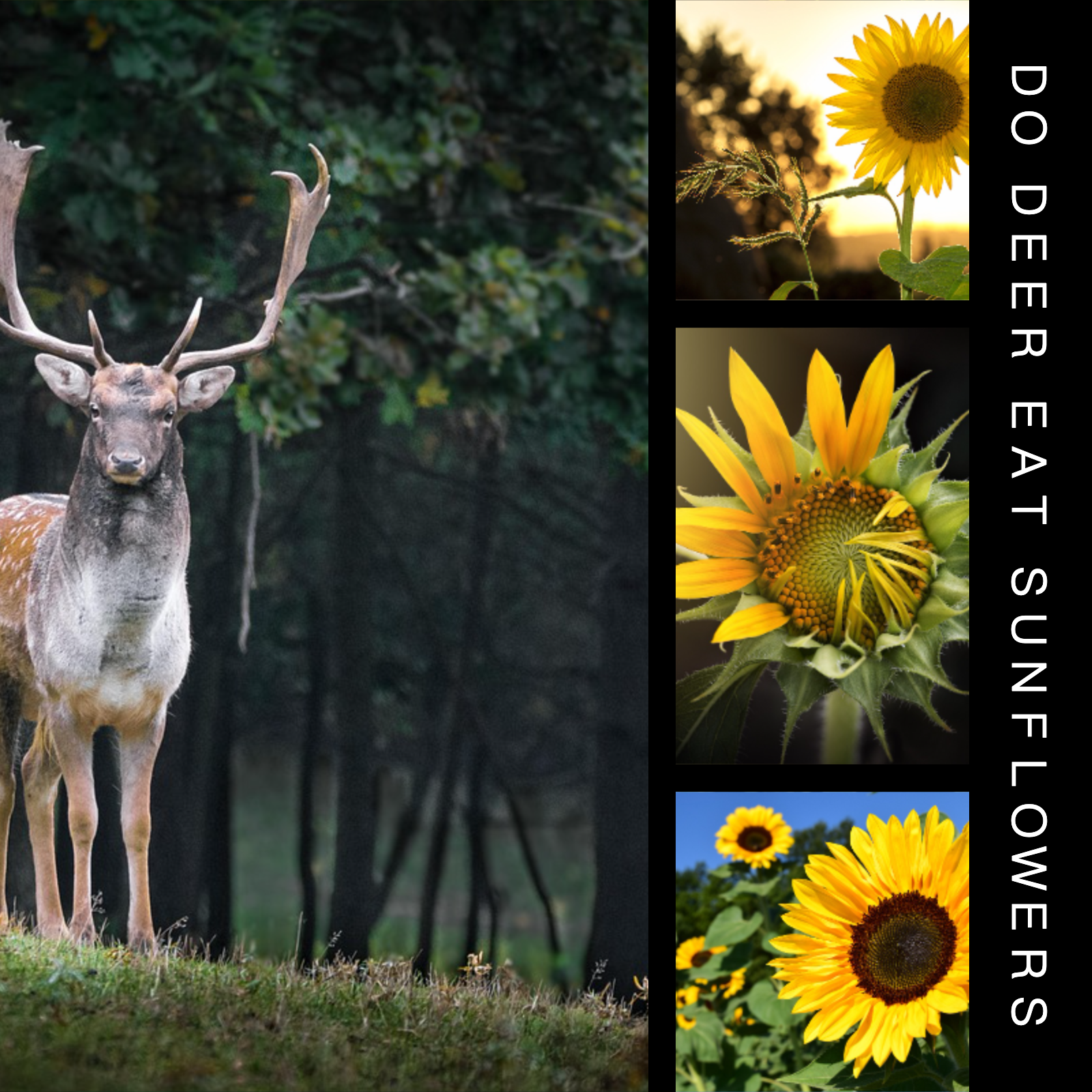Overview of Deer Diets
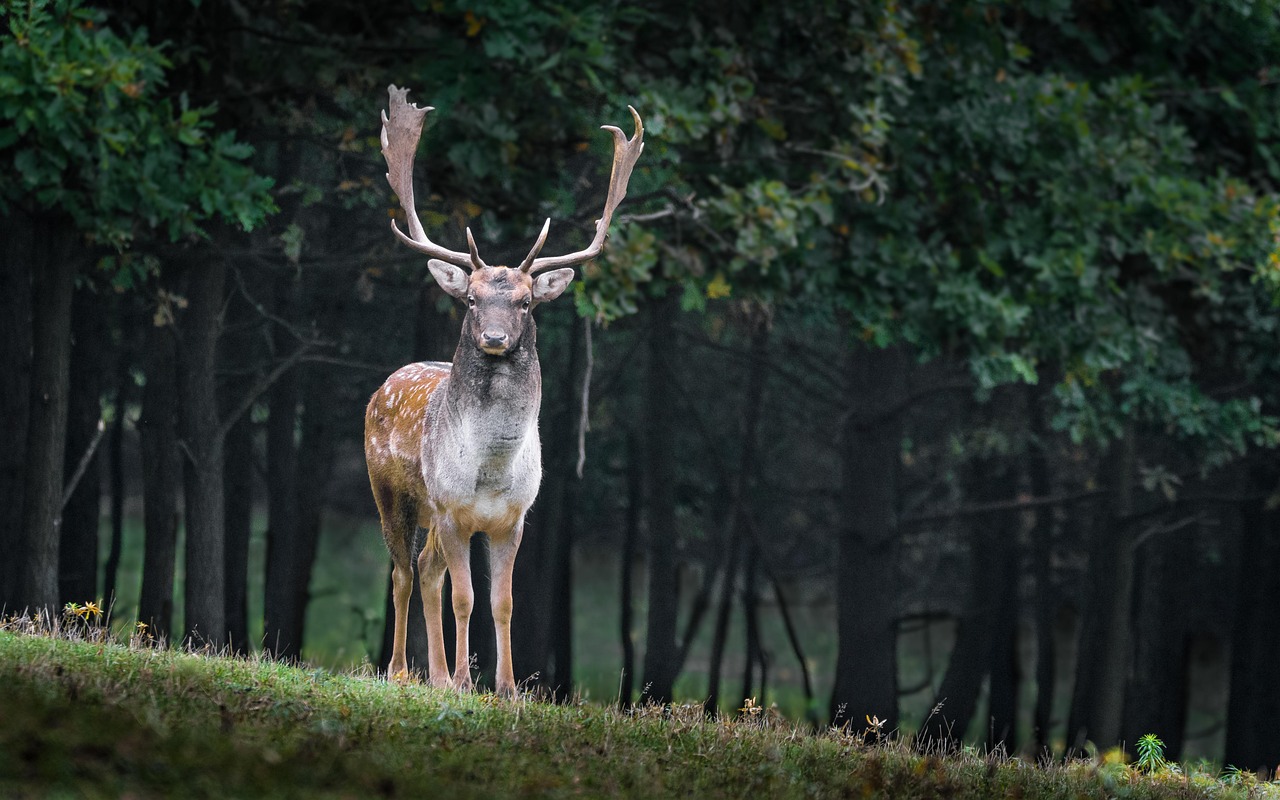
In , it is essential to understand the dietary habits of deer, as it can influence various aspects of their behavior and interaction with the environment. Deer are classified as herbivores, meaning they primarily consume plant-based foods. Their diet consists of a wide variety of vegetation, including grasses, leaves, twigs, fruits, and nuts. Deer play a crucial role in maintaining ecological balance by controlling plant populations through their feeding habits.

- Deer are known to have a diverse diet, depending on the season and availability of food sources.
- They prefer tender shoots and leaves in the spring and summer, while relying more on woody plants in the fall and winter.
- Deer adapt their feeding habits to their specific nutritional needs throughout the year, ensuring they obtain essential nutrients for survival and reproduction.
By understanding the dietary preferences of deer, wildlife enthusiasts and conservationists can better manage habitats to support healthy deer populations and promote biodiversity. Additionally, knowledge of deer diets can aid in addressing potential conflicts, such as crop damage or overgrazing, and implementing effective strategies for wildlife management.
Characteristics of Sunflowers
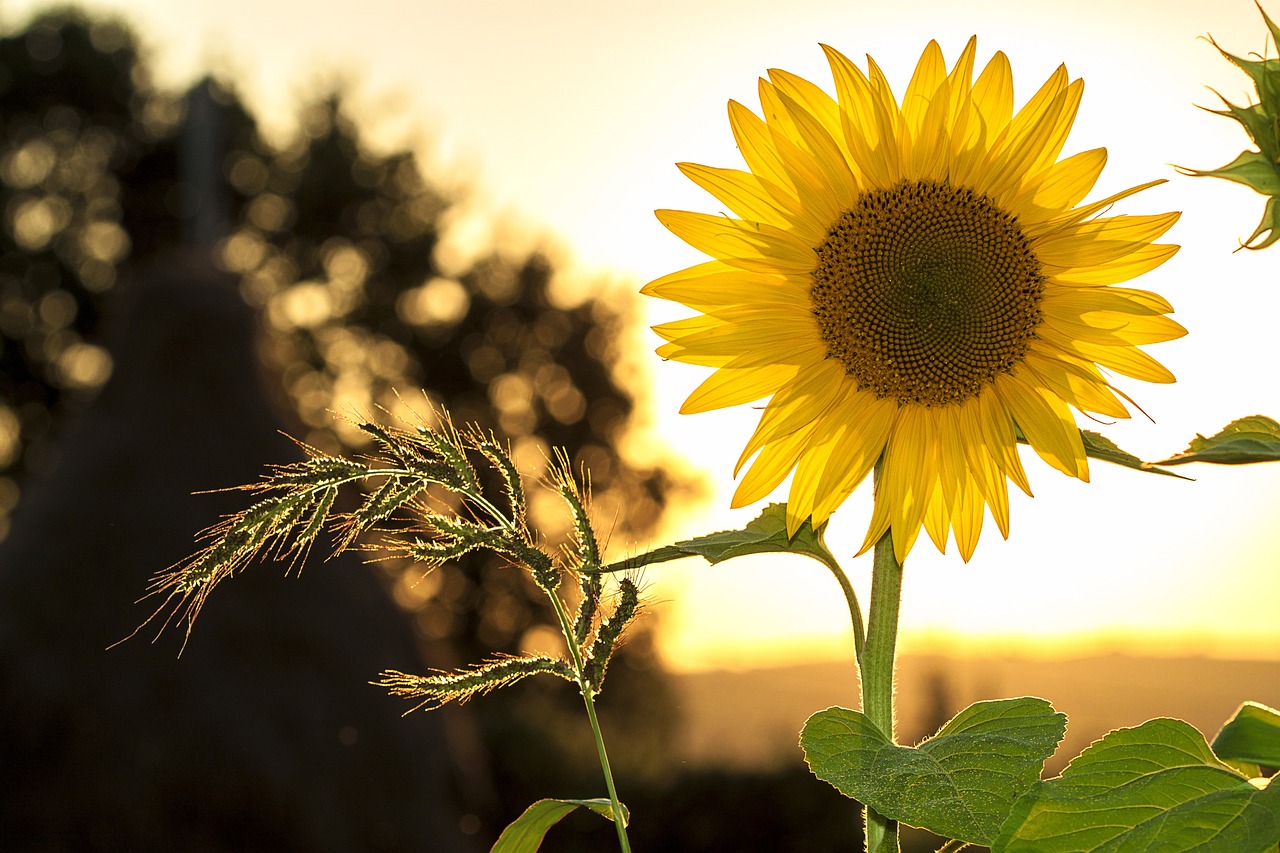
The make them a recognizable and beloved addition to gardens and landscapes. Sunflowers are known for their tall stalks that can reach impressive heights, often towering over other plants in the area. Their large and bright yellow blossoms are iconic, attracting bees and other pollinators with their vibrant display. The sheer size of sunflowers and their ability to turn and face the sun throughout the day give them a distinct presence in any setting.
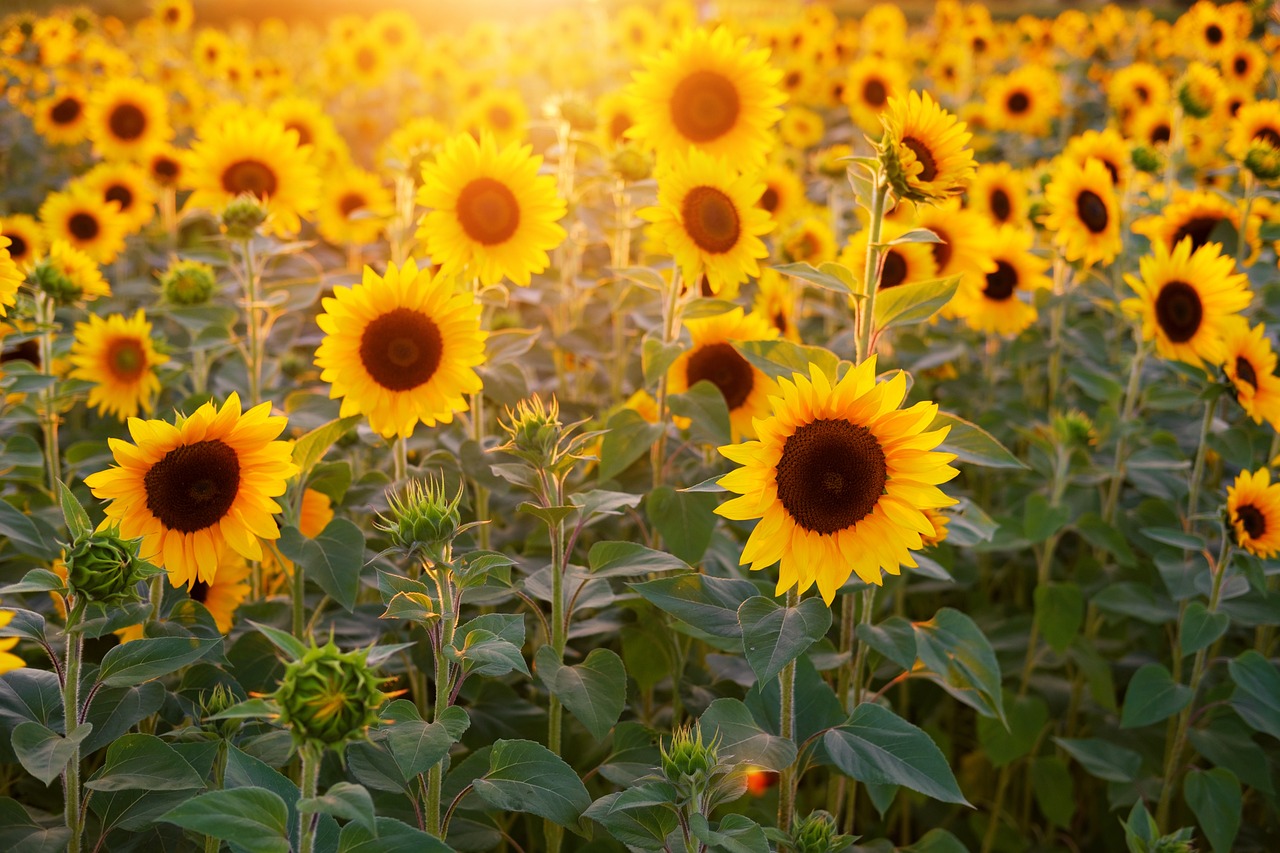
- Sunflowers belong to the Helianthus genus, with the name derived from the Greek words "helios"
- Sunflowers typically have rough, hairy stems that provide support for their heavy flower heads
- The leaves of sunflowers are broad and heart-shaped, with a rough texture that adds to their overall aesthetic appeal
- The center of a sunflower contains hundreds of tiny florets that develop into the edible seeds that sunflowers are famous for
Factual Information on Deer's Consumption of Sunflowers
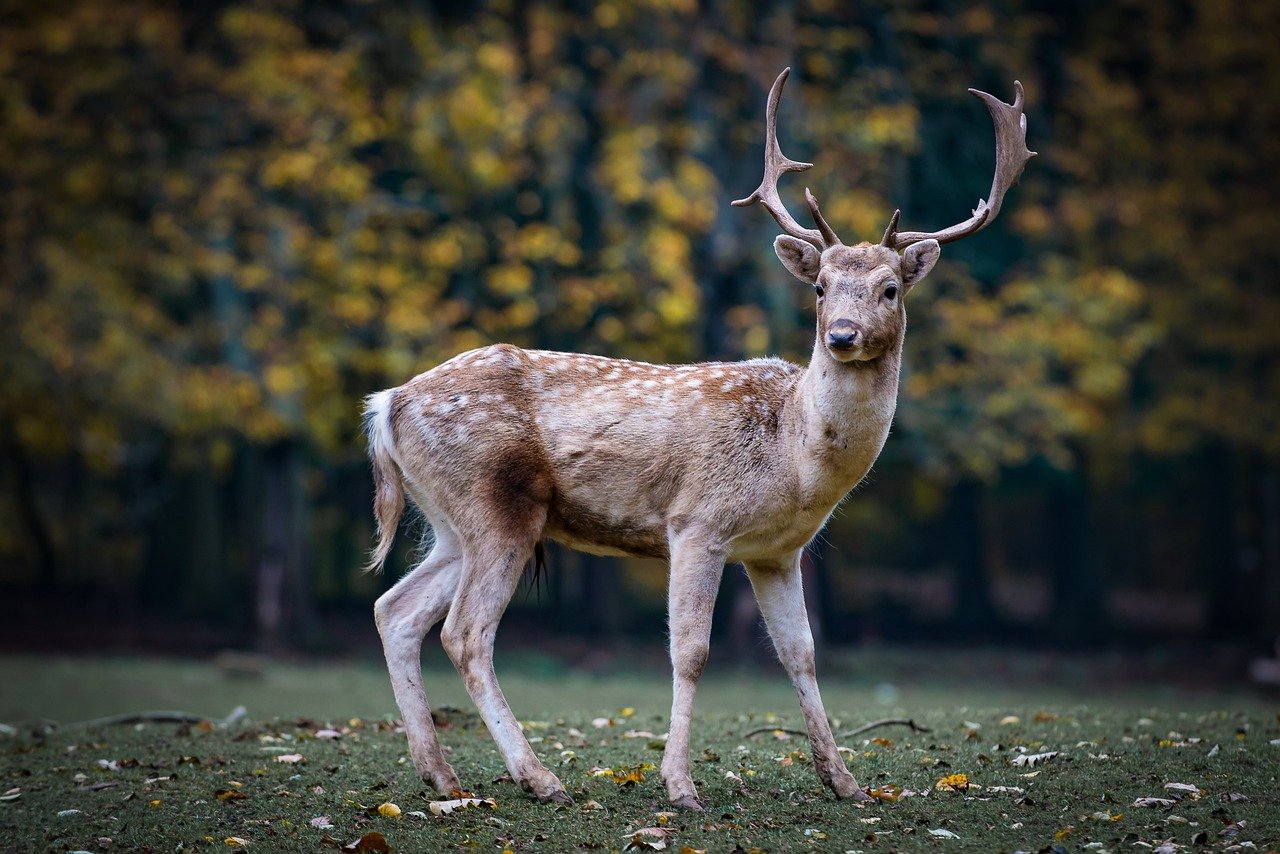
Deer are known to be opportunistic feeders, with a varied diet that includes grasses, fruits, nuts, and even certain types of flowers.
- Sunflowers are not typically a preferred food source for deer, as they tend to prefer more tender vegetation and browse on woody plants.
- However, in times of food scarcity or when other preferred food sources are limited, deer may resort to consuming sunflowers, especially during the winter months when natural vegetation is scarce.
- It is important for gardeners and farmers to be aware of this behavior and take measures to protect their sunflower crops if they are located in areas with high deer populations.
Potential Consequences of Deer Feeding on Sunflowers
- When deer feed on sunflowers, it can result in significant damage to the plants. This could lead to reduced yield or even death of the sunflower plants.
- Deer often target the young, tender shoots and leaves of sunflowers, causing stunted growth and deformities in the plant's structure.
- Feeding on sunflowers can also attract deer to the area, increasing the risk of trampling and further damage to the surrounding vegetation.
- Additionally, deer may consume other beneficial plants or crops in close proximity to the sunflowers, leading to a negative impact on the overall ecosystem.
Methods to Protect Sunflowers from Deer
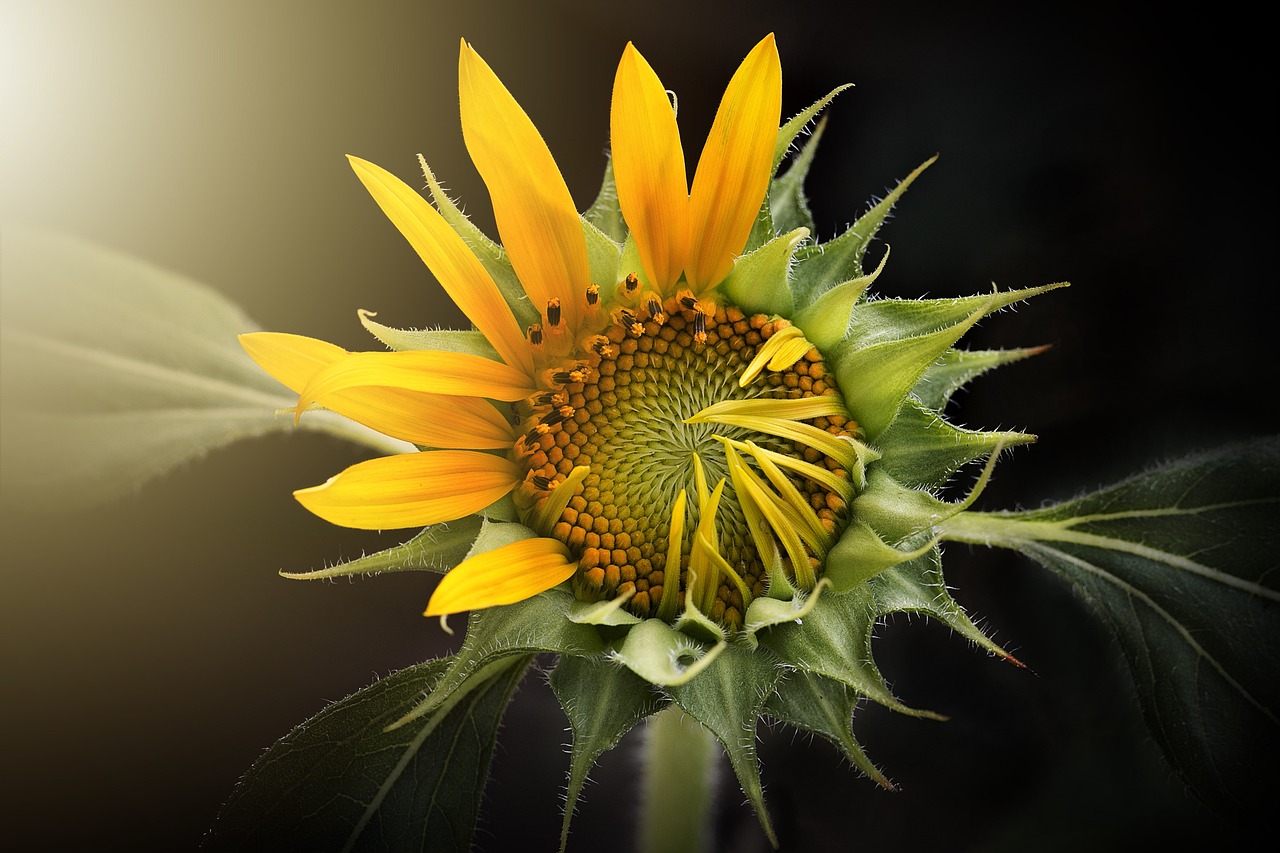
Physical Barriers: One effective method to protect sunflowers from deer is by erecting physical barriers around the plants. This can involve installing fences or using netting to create a physical barrier that deters deer from accessing the sunflowers.
Repellents: Another approach is to use deer repellents to discourage deer from feeding on sunflowers. There are various commercial repellent products available that can be applied to the plants to make them less attractive to deer.
Scare Tactics: Utilizing scare tactics such as installing motion-activated devices that emit sound or light when deer approach can also help deter them from feeding on sunflowers. Deer are startled by sudden noises or movements, prompting them to retreat from the area.
Companion Planting: Planting deer-resistant species alongside sunflowers can also be an effective strategy. Certain plants, such as marigolds or lavender, emit scents that repel deer and can help protect sunflowers from being consumed.
Conclusion: Understanding the Relationship Between Deer and Sunflowers
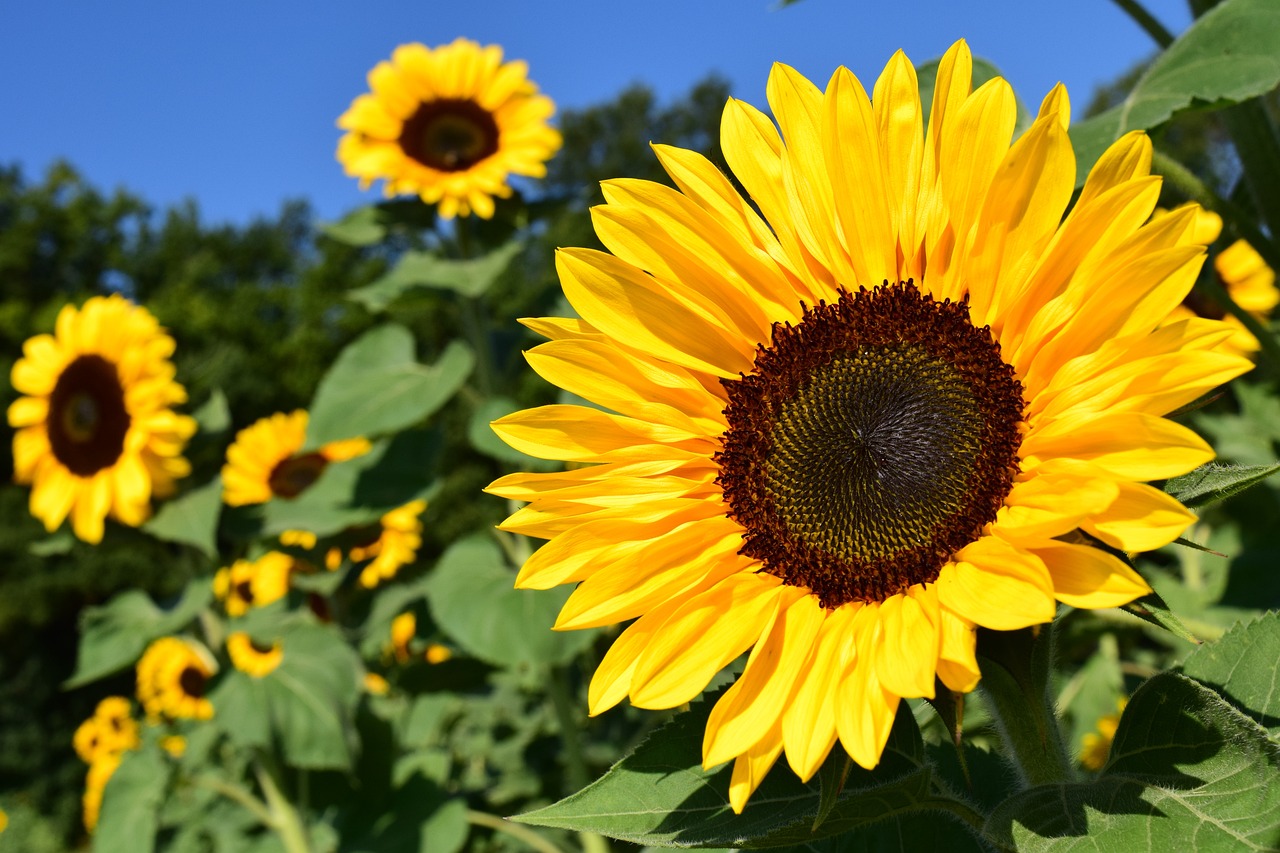
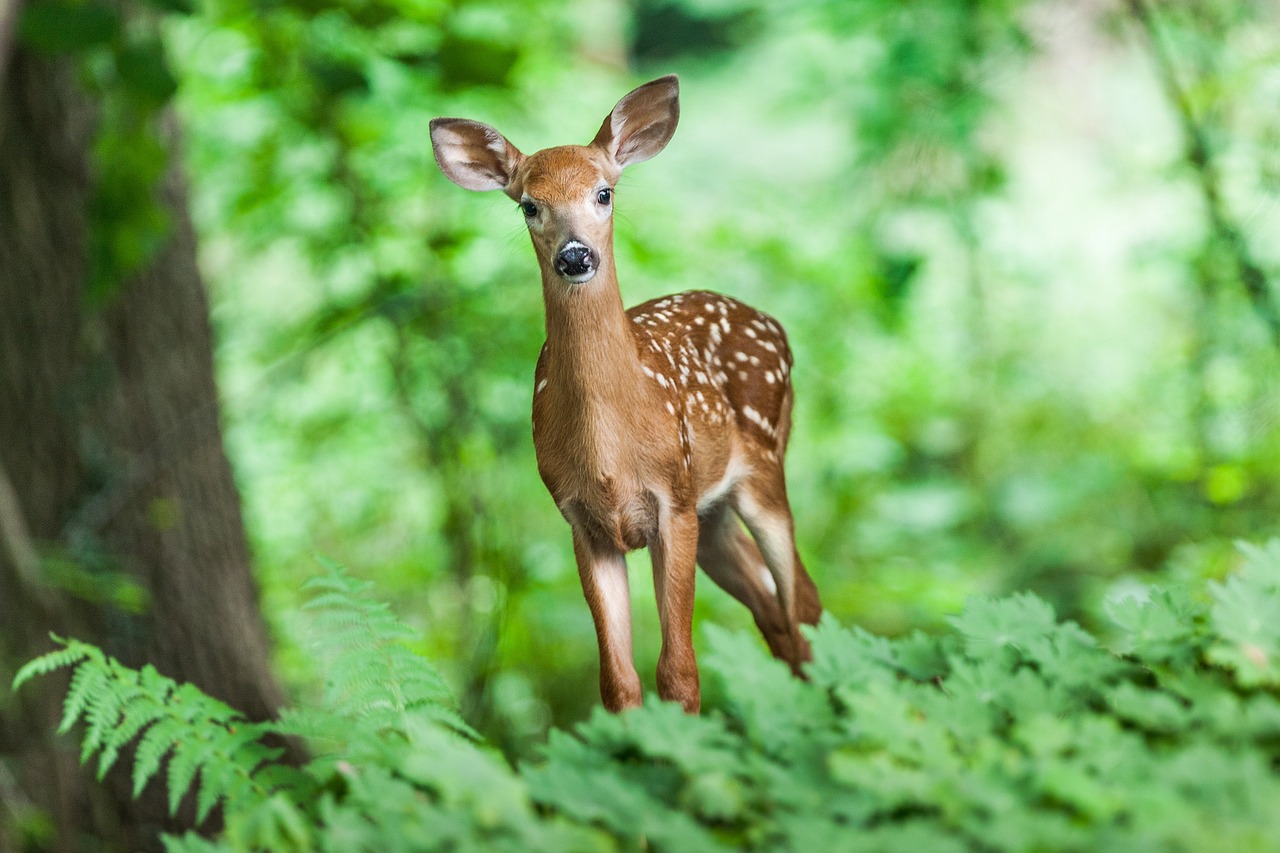
- While deer are known to have a diverse diet, consisting mainly of leaves, twigs, fruits, nuts, and grasses, there is a common misconception about their consumption of sunflowers.
- Research indicates that deer may indeed eat sunflowers, particularly in times of scarcity or when other preferred food sources are limited.
- Understanding this relationship between deer and sunflowers can help homeowners and gardeners take necessary precautions to protect their sunflower crops without causing harm to wildlife populations.
- By implementing practical deterrents or barriers, such as fencing, repellents, or planting alternative deer-resistant species, individuals can strike a balance between preserving their flora and respecting the natural dietary behaviors of deer.

